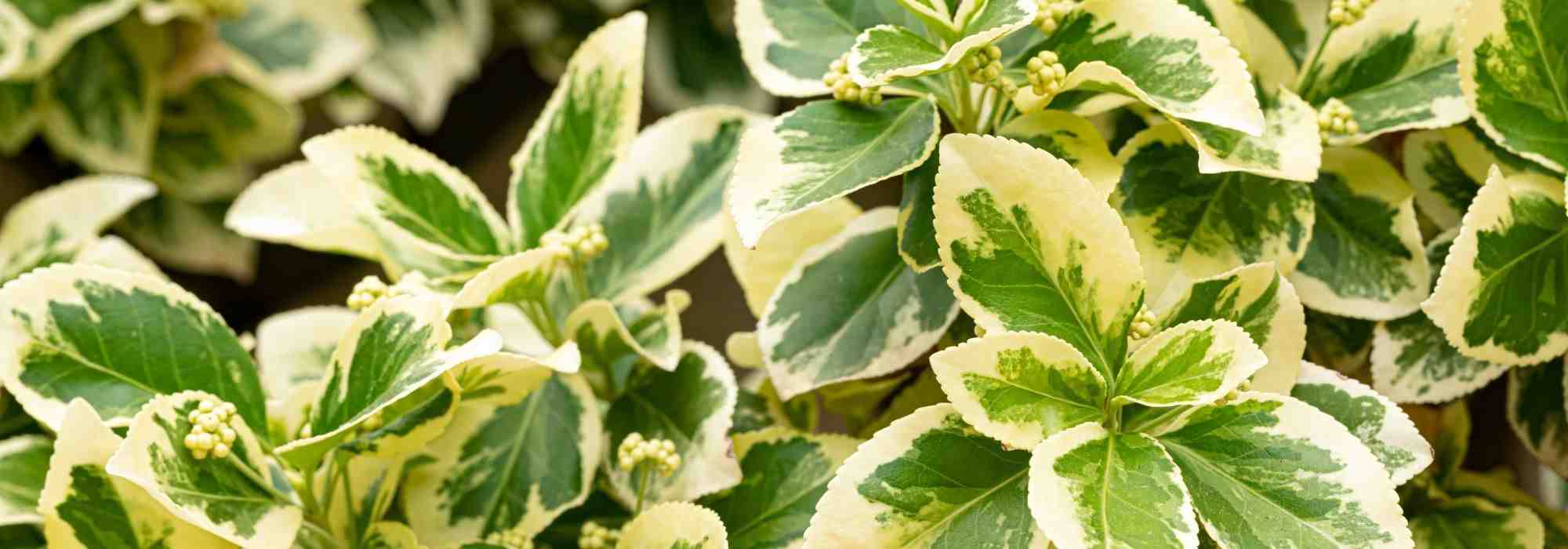
Diseases and pests of Japanese spindle
Our tips for natural pest control
Contents
Generally robust, the Japanese spindle (Euonymus japonicus) is a bush renowned for its good resistance to pollution and cold. Its evergreen foliage makes it an ideal element in a privacy or windbreak hedge. However, in this poorly ventilated situation, the Japanese spindle is particularly susceptible to powdery mildew and scale insect attacks. The caterpillars of the large spindle moth and black aphids can, too, find refuge on the spindle where they feast on the sap. Discover how to care for Japanese spindles with appropriate treatments and how to protect them through prevention.
The Boxwood Scale
Just like aphids, the spindle tree scale or euonymus scale (Unaspis euonymi in Latin) is a piercing-sucking insect that causes damage by feeding on sap. Females are identifiable by their bodies covered with a dark, greyish-brown shell, as well as their orange eggs. Males resemble small white sticks and are found on the underside of leaves, unlike females, which are visible on the top side. Egg-laying occurs in early spring. These insects thrive in confined, warm situations, sheltered from wind and rain (dry soil).
Symptoms
The foliage of the spindle tree shows yellow spots before falling due to lack of sap. A greyish-white crust also forms on the branches. Leaf loss can lead to the premature death of the bush. Therefore, it is essential to treat the spindle tree in a timely manner.

Unaspis euonymi (photo source Clemson University – USDA Cooperative Extension Slide Series’s Images – Wikimedia)
Natural treatments to combat the spindle tree scale
- Manual treatment
Cut off the most affected parts with pruning shears and destroy them. A strong jet of water can help eliminate the scales. Then, manually clean your spindle tree by removing the scales with a non-cutting blade to avoid damaging the plant. You can also remove them using a cloth soaked in 90°C alcohol. In this case, rinse your spindle tree with clear water afterwards.
- Spray treatment
Prepare a diluted solution in 1 litre of water with: 1 teaspoon of liquid black soap, 1 teaspoon of 90°C alcohol, and 1 teaspoon of vegetable oil (for example, rapeseed). Apply this mixture in two sprays 30 minutes apart, then repeat a spray every week until the scales are completely eliminated.
- Beneficial insects
Using the ladybird Cryptolaemus montrouzieri is an effective natural solution to combat the proliferation of the spindle tree scale. Introduce colonies of these predators to your bush.
As a preventive measure
Regularly prune your spindle tree to aerate its branches. Do not plant too closely and avoid planting a single-species hedge. Prioritise diversity in plant species. Monitoring the health of your bush and ensuring good growing conditions in airy environments allow for quick intervention and reduce the risk of scale attacks.
Black Bean Aphid
Called Aphis fabae, the black bean aphid is easily identifiable. This sap-sucking insect hides in groups under the leaves of spindle, near the veins. Sometimes winged, it is dark in colour, black, with waxy white spots on the abdomen for some. It feeds on sap by piercing the plant.
Symptoms
Leaf curling and unsightly deformation of the shoots are the first symptoms. Subsequently, a sticky black substance resembling soot appears on the foliage. Known as “sooty mould”, it is a fungal disease that develops due to the honeydew secreted by the aphids. The presence of this mould complicates the plant’s photosynthesis process.
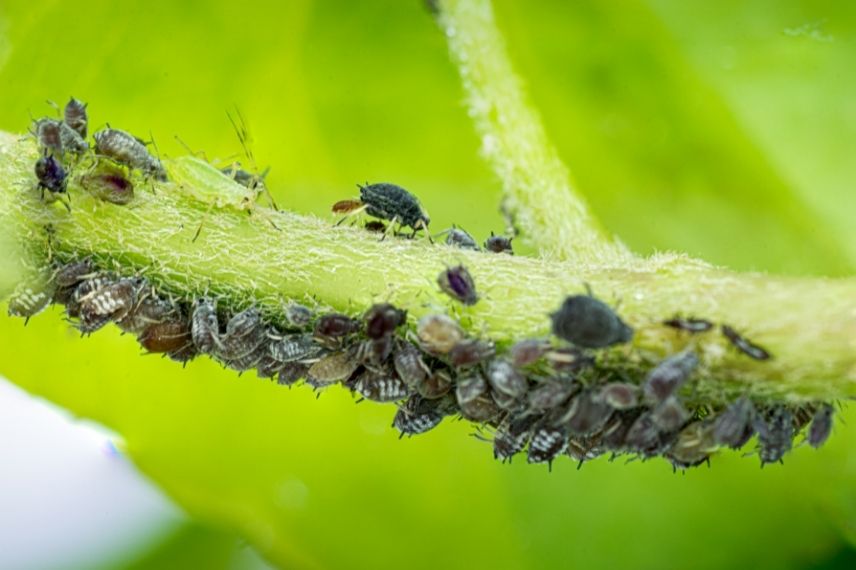
Aphis fabae
Natural treatments to combat aphids on Japanese spindle
If the infestation is minor, spray your spindle with a strong jet of water to remove the aphids (using a hose). You can also crush the aphids by hand. This solution is tedious but effective!
- Black soap
Treat your bush with sprays of soapy water at the first signs of attack: 15 to 30 g of black soap per litre of water.
- Pyrethrum
Be careful, the plant pyrethrum is harmful to wildlife in the garden, use this insecticide only in cases of massive aphid attacks and preferably in the evening.
- Beneficial insects
Introducing larvae of beneficial insects (ladybirds, lacewings) is effective on potted Japanese spindles on balconies and terraces. In the garden, attract aphid predators (hoverflies, birds, earwigs…) by promoting biodiversity through the planting of nectariferous plants and creating shelters for wildlife.
As a preventive measure
Nettle maceration is a natural repellent against aphids. To make it, soak 1 kg of fresh nettle leaves in 10 litres of water for 12 hours. Use this maceration diluted to 10% in rainwater (1 litre of maceration for 10 litres of water).
Discover other Euonymus - Spindle tree
View all →Available in 3 sizes
Available in 3 sizes
Available in 4 sizes
Available in 2 sizes
Available in 2 sizes
Available in 2 sizes
Available in 1 sizes
Available in 2 sizes
Available in 2 sizes
Available in 2 sizes
The Large Euonymus Moth
The large spindle moth (Yponomeuta cognagella) is a small nocturnal butterfly whose caterpillar develops on certain bushes, including the spindle. This butterfly is white with black spots and the caterpillars are pale yellow adorned with black spots on their sides. The caterpillars feed on the leaves. If left unchecked, the spindle can be completely defoliated within two years.
Symptoms
The presence of these defoliating caterpillars is detected by the silk webs woven on the bush, forming a collective nest. Chrysalises are also visible. After hatching, the larvae can be seen with the naked eye.

Yponomeuta cognagella: caterpillar, butterfly, and nest in silky threads
Natural treatments to combat the spindle moth
Manually remove the affected branches as well as the nests and caterpillars before the infestation becomes too severe. Destroy them. In dry weather without wind or sun, an insecticidal treatment based on Bacillus thuringiensis is advisable to eradicate the spindle moth caterpillars. Follow the manufacturer’s recommended doses and protect yourself (gloves, clothing, goggles).
In prevention
Unfortunately, there are no preventive measures to combat attacks from these caterpillars. We can only advise you to regularly monitor your spindle and enhance biodiversity in your garden to attract insects capable of parasitising this pest.
Read also
Spindle: which variety to choose?Powdery mildew
Powdery mildew is a fungal disease commonly observed on Japanese spindle. Highly contagious, it is also known as “white rot” or “white disease” and can easily spread to neighbouring plants through spores dispersed by the wind. For Japanese spindle, it is the microscopic fungus named Erysiphe euonymi-japonici that develops on the plant.
Symptoms
This disease manifests as a greyish-white, powdery coating on all parts of the plant. The leaves become deformed, crisped, and dry out. Foliar spots may appear. Photosynthesis struggles to occur, and the plant weakens. Powdery mildew generally develops in humid, warm, and poorly ventilated conditions.

Powdery mildew appears as a white powder on the leaves.
Natural treatments to combat powdery mildew on Japanese spindle
As soon as the first symptoms are observed, do not wait to treat your Japanese spindle. Remove all infected parts and dispose of them. To avoid any risk of contamination to other plants in your garden, do not place these plant waste in the compost. Remember to disinfect the tools used to prune your diseased spindle.
- Black soap
Preferably in the evening, treat your spindle with a mixture of 5 teaspoons of baking soda, 3 tablespoons of black soap, and 5 litres of warm water. A weekly spray will help to block the development of fungi.
- Skimmed milk
You can use a treatment based on skimmed cow’s milk 1 to 2 times a week. The microorganisms present in the milk will stimulate your spindle’s resistance and combat powdery mildew. The preparation is very simple: pour 10 cl of milk into a sprayer for one litre of water, and shake well to mix.
- Sulphur
Sulphur has fungicidal properties and is available as ready-to-use powder or granules to dilute. With this treatment, there is a good chance of recovery, provided that the disease has not affected more than 15% of the surface of a spindle. This product, although natural and permitted in organic farming, should be used sparingly, as excessive amounts can ultimately disrupt soils and natural biodiversity, thereby promoting the development of diseases.
Prevention
Avoid wetting the foliage of your Japanese spindle during watering, especially in hot weather. Place your spindle in a sunny and airy location, away from other plants to allow air circulation between different vegetation. Regularly observe the condition of your plant during periods conducive to the development of powdery mildew (for example, rainy weather following a dry spell). Spraying horsetail manure is also effective in strengthening the plants’ immune system. For a curative or preventive treatment, you can also prepare an oil maceration of garlic or a garlic decoction.
For further reading
Discover all our tips to know:
- How to make horsetail manure?
- How to make nettle manure?
- How to prepare a garlic decoction: recipe and uses in the garden
- How to use pyrethrum in the garden
Find all the information on:
- Subscribe!
- Contents



































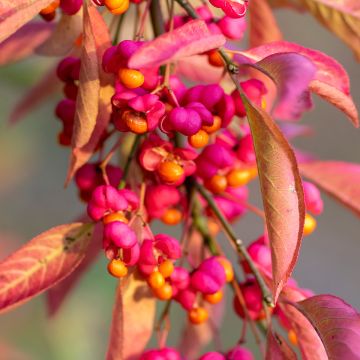

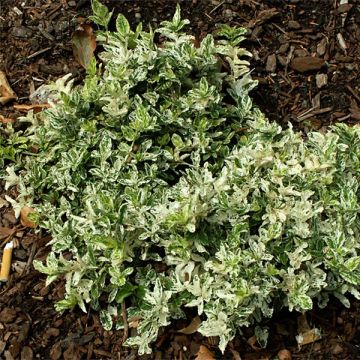
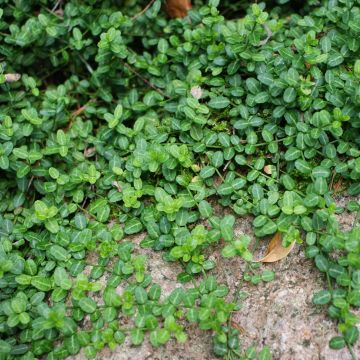



Comments